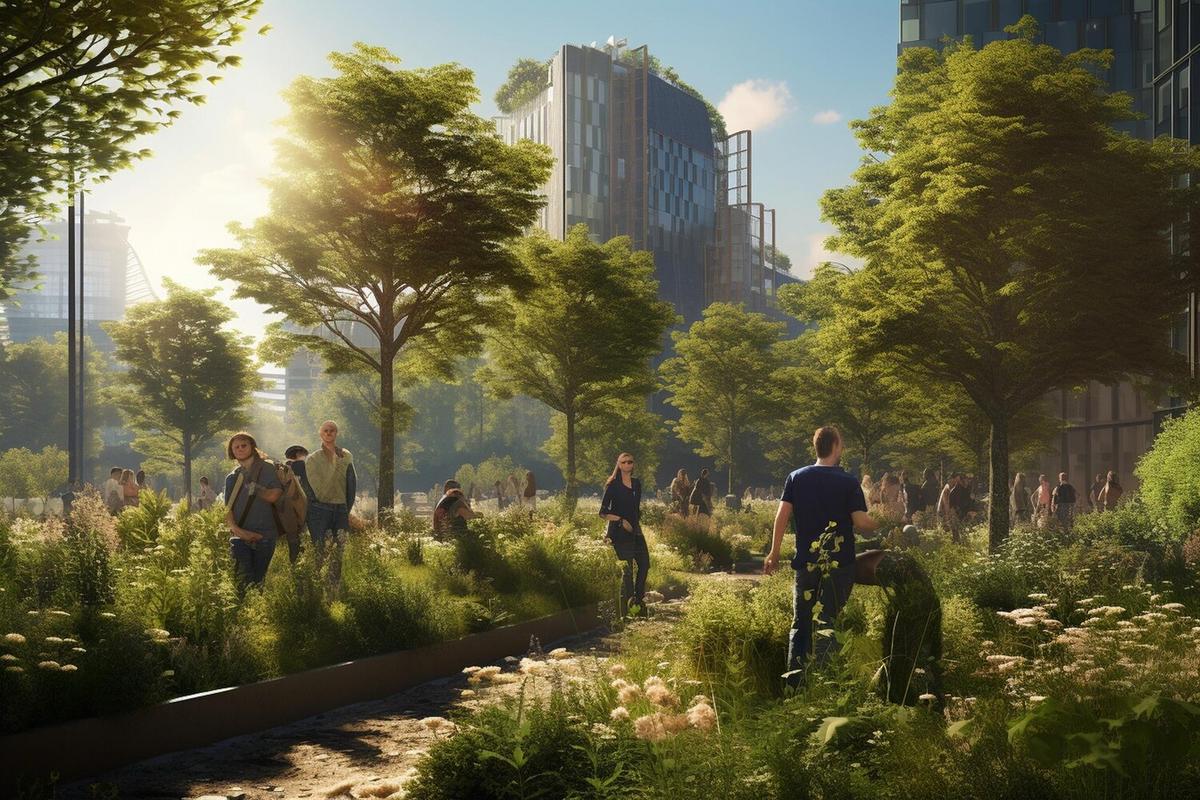
Urban Resilience: Planning for Climate Change Adaptation
Urban resilience is becoming an essential aspect of modern city planning as communities worldwide face the growing impacts of climate change. This concept refers to the ability of urban areas to adapt and thrive in the face of environmental, social, and economic challenges posed by climate shifts. But what does it take for a city to be resilient, and how can urban planners prepare for these changes effectively?
Understanding Urban Resilience
Urban resilience involves designing cities that can withstand and recover from adverse conditions such as extreme weather events, rising sea levels, and other climate-related challenges. According to the United Nations, over 68% of the world’s population is expected to live in urban areas by 2050, making resilience planning even more critical.
Expert Insights on Climate Adaptation
Dr. Emily Brown, a renowned climate scientist, emphasizes the importance of integrating nature-based solutions into urban planning. She states, “Green infrastructure, such as parks and wetlands, can significantly mitigate flood risks while improving urban biodiversity.” Such strategies not only enhance resilience but also contribute to the overall well-being of city dwellers.
Statistics and Research Findings
A report by the Global Commission on Adaptation highlights that investing $1.8 trillion globally in climate adaptation measures from 2020 to 2030 could result in $7.1 trillion in net benefits. These findings underscore the economic advantages of building resilient urban environments.
Real-World Examples
Consider the city of Rotterdam, which has implemented innovative water management systems to combat flooding. By creating water plazas and underground water storage, Rotterdam has transformed its approach to dealing with excess rainfall, setting a benchmark for other flood-prone cities.
Actionable Tips for Urban Resilience
- Incorporate Green Spaces: Creating parks and green roofs can help absorb rainwater and reduce urban heat.
- Enhance Infrastructure: Building flood defenses and resilient transportation networks can protect cities from climate extremes.
- Community Involvement: Engage local communities in resilience planning to ensure that solutions meet their needs.
FAQs on Urban Resilience
FAQs
What is urban resilience?
Urban resilience refers to the capacity of cities to adapt to and recover from various challenges posed by climate change, such as extreme weather and sea-level rise.
Why is urban resilience important?
With more people living in urban areas, ensuring cities can withstand and bounce back from environmental and economic disruptions is vital for sustainable development.
Conclusion
Building urban resilience is not just about preparing for the worst but also about creating vibrant, sustainable communities that can thrive under changing conditions. By investing in green infrastructure, enhancing public engagement, and leveraging expert insights, cities can become more adaptable and prosperous in the face of climate change. As urban dwellers, we all have a role to play in advocating for and supporting these efforts, ensuring a resilient future for generations to come.


